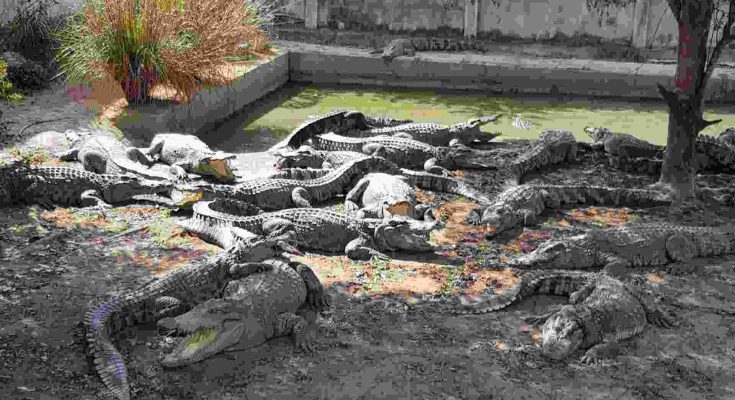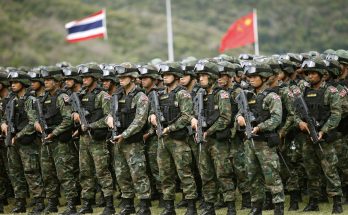In a tragic decision, Thai farmer Natthapak Khumkad, also known as “Crocodile X,” was forced to kill more than 100 endangered Siamese crocodiles after Typhoon Yagi damaged their enclosure in Lamphun, northern Thailand. The intense rainfall and wind from the storm eroded the walls of the crocodile tank, creating a serious risk of escape into local communities. With no secure alternative to house the crocodiles, some reaching up to 4 meters long, Natthapak decided to put down 125 of the reptiles to prevent public danger.
This action was taken as a precautionary measure, prioritizing the safety of residents. Natthapak stated, “The potential threat to human lives was far greater than what we could control.” The decision was made in less than 24 hours, and the farmer electrocuted the animals to ensure they wouldn’t pose a risk if the wall collapsed.

Siamese Crocodile
Siamese crocodiles are critically endangered, with their population estimated at just a few hundred in the wild. The storm also brought significant damage across the region, causing floods and claiming lives. In Lamphun, the heavy rains were particularly destructive, and local authorities praised Natthapak’s “brave and responsible decision” to prevent a potentially dangerous situation.
BACA JUGA : Serangan Israel di Beirut membunuh 3 Pemimpin Palestina
Crocodile farming is a thriving industry in Thailand, generating billions in revenue annually. However, the growing commercial demand has significantly contributed to the depletion of wild Siamese crocodile populations. Natthapak’s farm, which has operated for 17 years, produces crocodile skins, meat, and other products, and although more than 100 adult crocodiles were killed, he still owns 500 baby crocodiles ranging from 30 to 120 centimeters in length.

The typhoon and subsequent loss of the crocodiles highlight the increasing threat of extreme weather events, which scientists attribute to climate change. Warmer ocean waters fuel stronger storms, causing more destruction, particularly to wildlife and their habitats. The incident at Natthapak’s farm is a stark reminder of how climate change is making natural disasters more severe and frequent, with devastating consequences for both humans and endangered species.




